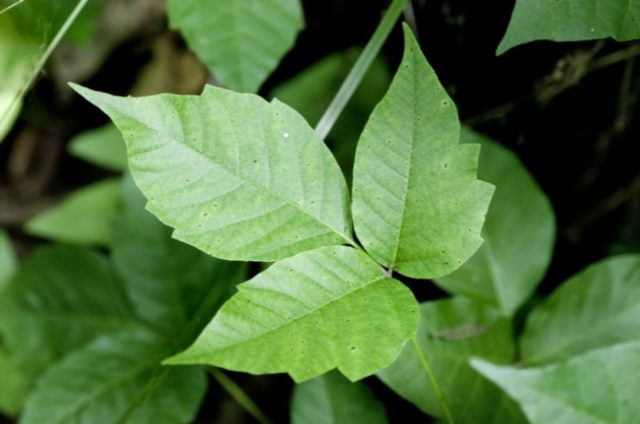
My brothers once volunteered at a local state park and cleared out overgrown greenery, only to discover later that they’d been thigh-high in poison ivy. Oh, nature, you’re sneaky.
But poisonous plants can be more than just uncomfortable—they can be dangerous. Here are a few tips on how to identify poisonous plants when you’re out in the wild or, and I’m going to shock you here, in your own yard.
First, a reminder. Plants can be poisonous in two ways: when touched or when ingested. This post will address identifying plants that are dangerous to touch. For a great guide to foraging safe plants (and to avoiding eating deadly ones), see Survival 101: Foraging for Edible Plants.
WAYS TO IDENTIFY POISONOUS PLANTS IN THE WILD
The best way to identify poisonous plants is to become familiar with pictures of varieties growing in your area (like poison ivy, poison oak, poison sumac, poison hemlock, stinging nettle, etc.) This is because poisonous plants come in so many forms that any individual rule of thumb won’t be sufficient. For instance, poison ivy grows on vines, poison oak and poison sumac grow in shrub form, and poison hemlock looks like giant parsley!


The traditional rule “leaves in three, let it be!” only applies to poison ivy and poison oak; poison sumac has clusters of 7-13 leaves. To complicate matters, there a lot of other plants that also have leaves grouped into three, e.g., box elder saplings, making it harder to distinguish specific plants.
According to the University of Maryland Medical center, Stinging Nettle leaves are heart shaped, finely toothed, and tapered at the ends. Stinging nettle plants are very hairy—the entire plant is covered with hairs on the underside of the leaves and stems. Although you can eat Stinging Nettle, it’s advised to collect them with gloves because if you touch any of the hairs, a stinging chemical is released.

Stinging Nettle
Stinging Nettle is also known for its brightly colored, yellow or pink flowers, which the poison ivy, oak, and sumac are not. Although, check out this lovely picture of poison ivy flowers. Who Knew?








